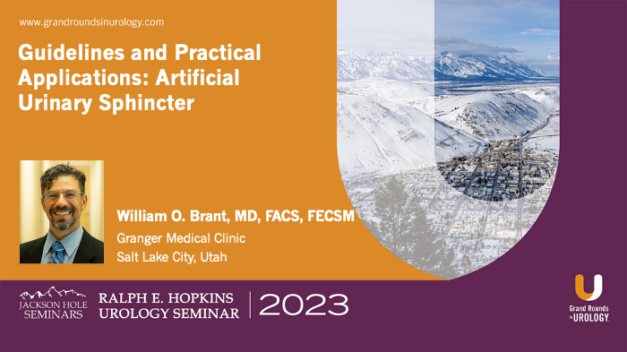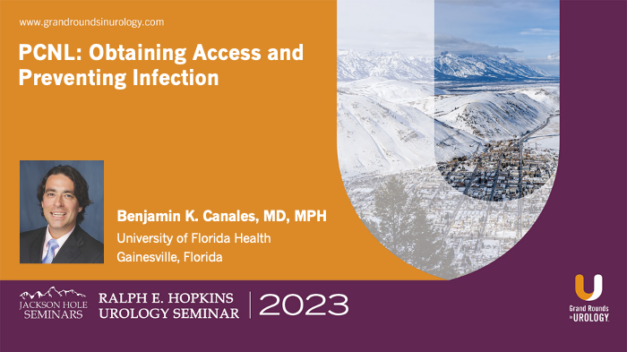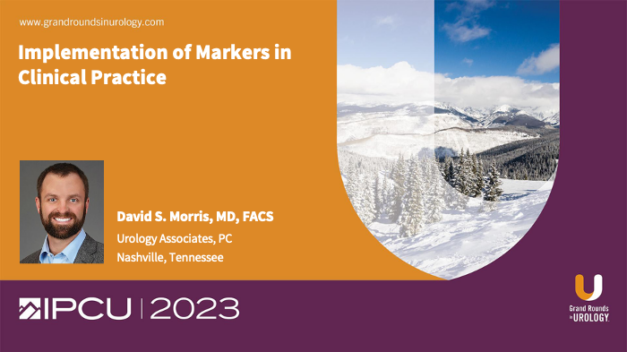Guidelines and Practical Applications: Artificial Urinary Sphincter
William O. Brant, MD, FACS, FECSM, reviews the 2018 American Urological Association (UAU) guidelines and practical approaches in erectile dysfunction (ED) evaluation, diagnosis, and treatment. He examines methods for evaluation and diagnosis, highlighting the psychological impacts of ED and ED’s connection to cardiovascular disease. Dr. Brant also explores specialized tests and multiple treatment options.
Dr. Brant examines other treatment modalities, such as the vacuum erection device, as a low-cost adjunct treatment. He discusses the intraurethral suppository treatment and warns that up to 30 percent of patients experience urethral pain with this option. Dr. Brant then explains the risks of injection options and surgery. He also analyzes the practicality and commitment inherent in penile prostheses, later transitioning to a discussion on the uncommonly performed arterial reconstruction option.
Read More




